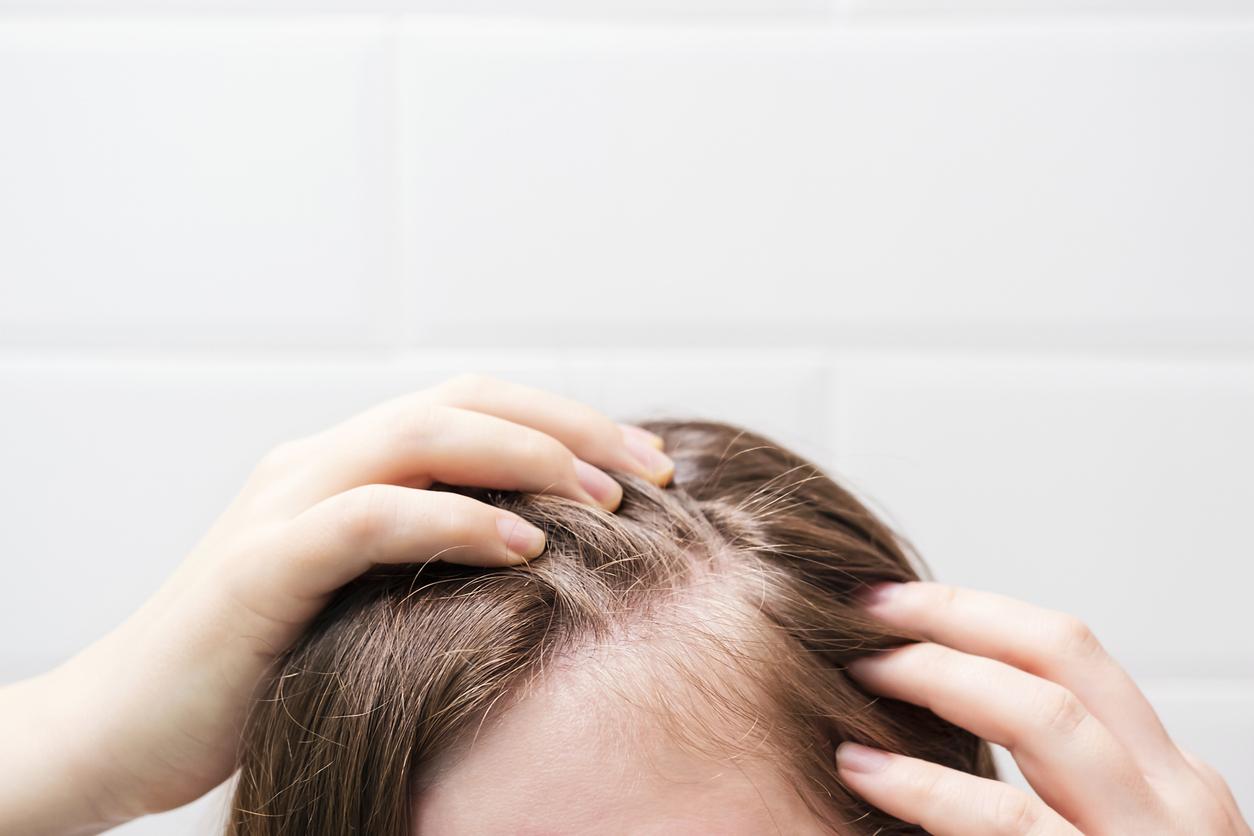The first feelings of love are conditioned by social and family factors, but there are genetic differences that modify the age of the first sexual intercourse, according to the results of a study published in the medical journal Nature Genetics.
Researchers at the University of Cambridge (UK) carried out a large-scale study with 380,000 participants in which they identified 38 variants of genes associated with the age of first intercourse. Genes linked to brain development and the onset of precocious puberty. “One example is a genetic variant in CADM2, a gene that controls brain cell connections and activity, which we have associated with a greater likelihood of engaging in risky behaviors, a high number of children, and a higher age. younger at the time of first intercourse, “says Dr. John Perry, lead author of thestudy in the university press release.
Target the population at risk of risky behavior
“Although social and cultural factors are clearly relevant, we show that the age of first intercourse is also influenced by genes which act on the transition from childhood to physical maturity and by genes which contribute to our differences. natural in personality types, ”says Dr. John Perry, a researcher in the Epidemiology Unit, and lead author of the study.
In previous studies, the same team of researchers found that the age of puberty was linked to an increased risk of diseases such as diabetes, the heart disease and certain cancers. “We have already shown that precocious puberty impairs the risk of chronic disease and cancer in later life. We have now shown that the same factors can have an effect on the age of sexual intercourse,” says Dr. Ken Ong , a pediatrician leader in the Epidemiology Unit.
“We hope that the age of puberty is taken into account to inform the most vulnerable adolescents about risky sexual behavior and to put in place targeted information approaches on good habits to follow. “
Read also:
Teenagers: how to talk to them about sexuality?
Teenagers don’t have unbridled sex!
Talking about sex with teens to reduce risky behavior


















